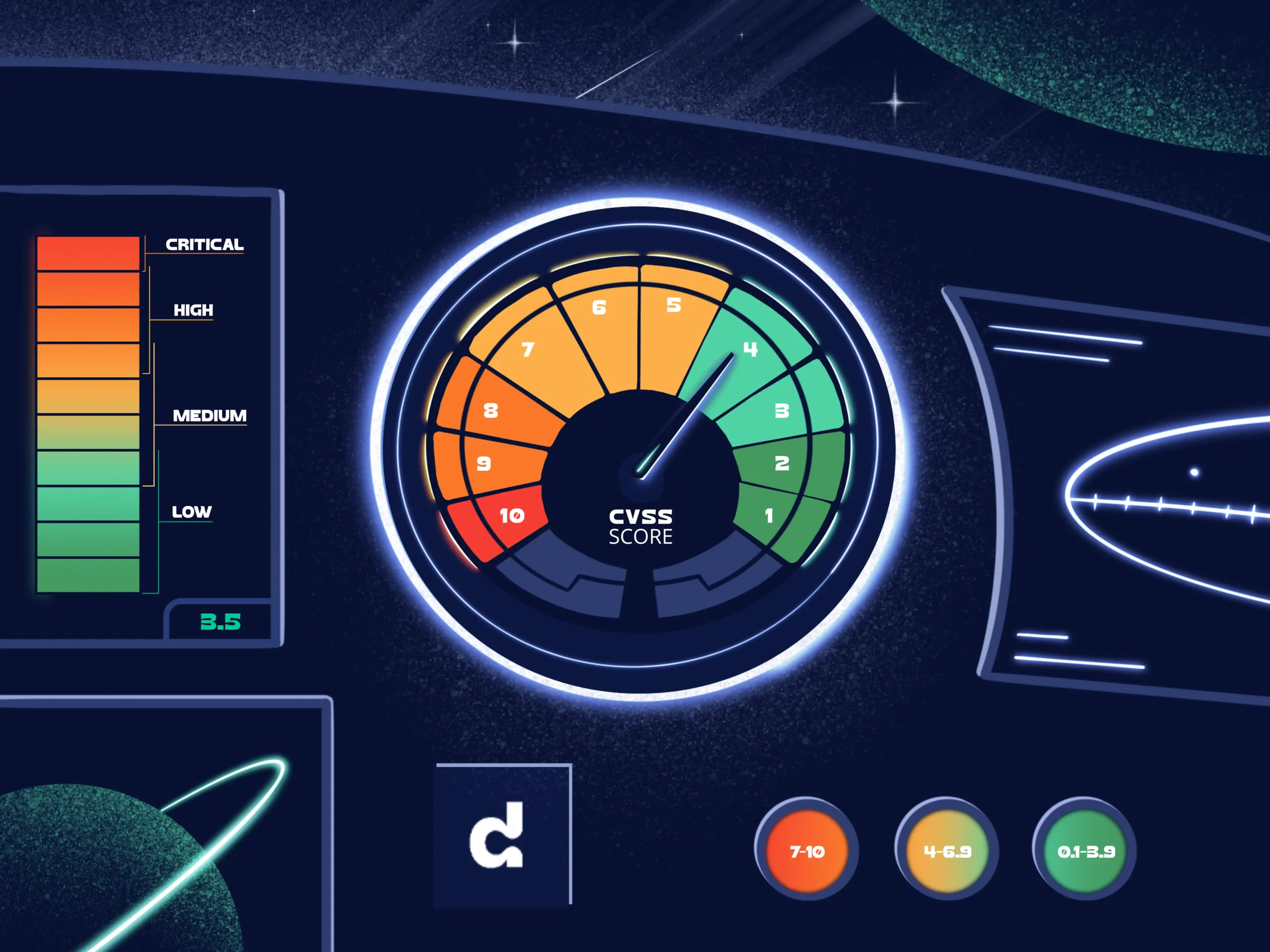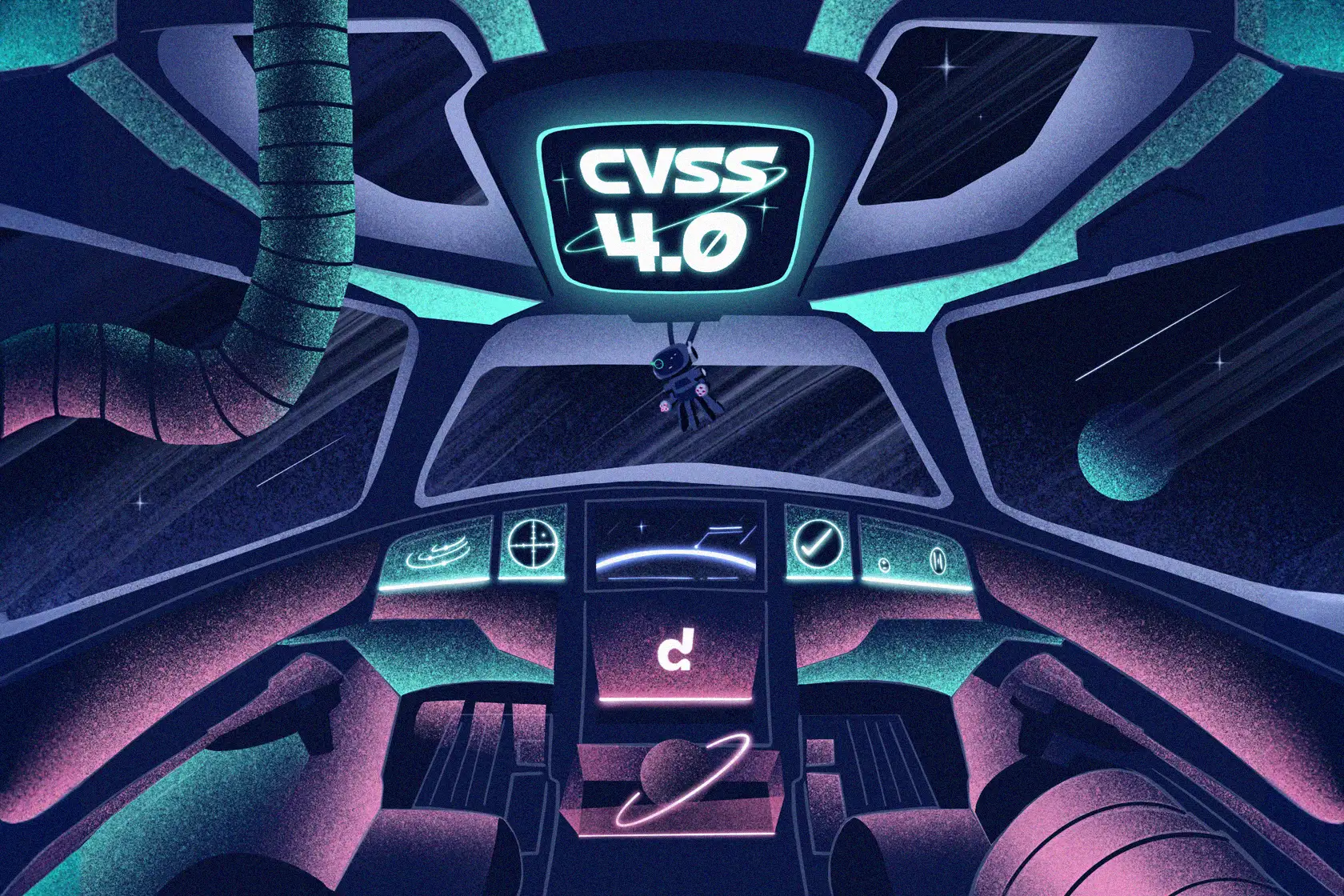
DevSecOps and automated security tools: a complete overview

The DevSecOps framework, in its very core, displays an important message; that every developer in the company shall be responsible for security. This signifies the objective of maintaining security implementation in parallel with the development and operation in all dimensions, scale and pace.
Why do we need DevSecOps?
The tech landscape has been affected by drastic changes throughout the last years. The overall trend towards shared dynamic cloud platforms gave numerous advantages to growing businesses. However, despite them exponentially growing in terms of performance, they oftentimes are missing out on proper security, which means increased risks of data breaches and hacks.
The DevSecOps framework plays an integrated role in the full lifecycle of software, providing higher agility and responsiveness. Nowadays, the fast-paced life cycle of development requires a new way of looking at security, introducing a shift from it being separated from development in the past. Therefore, security becomes an end-to-end shared responsibility.
The accelerating importance of software security highlights the overall trend of shifting organizational frameworks towards the DevSecOps mindset. DevSecOps tools ensure that security is implemented on all stages, from design to deployment, rather than negligently added on only in the end.
How does DevSecOps benefit your business?
Continuous security in every step of the software development cycle provides opportunities for faster delivery and lower compliance costs. Nevertheless, despite it possibly being a substantial initial investment, its progressive returns become incredibly noticeable.
The costs of data breaches are inarguably tremendous. According to the 2019 Global State of Cybersecurity in Small and Medium-Sized Businesses the costs for small firms fall in the range of $120.000 to $1.24 million. Moreover, the true costs may not always be obvious and may spread over a few years. According to Accenture 43% of all incidents happen to small firms, many of which cease to exist due to them not surviving the attack (with only 14% managing to protect themselves properly).
Thus, proactive security investments certainly become minuscule when compared to disruptive costs of data breaches. With the DevSecOps framework businesses can move smoothly towards improved security and code quality. Enhancing security to make it an equal aspect of consideration of any department must be a priority for businesses, putting it at the forefront of employee’s minds. It does sound like a very efficient way of retaining safety, doesn’t it? But how easy is it, you may ask, and how can we achieve it?
Automation is Key
This involves automation of some security practices to maintain the smooth workflow, choosing the correct agile tools for integrated infrastructure security.Nevertheless, it shouldn’t rely purely on tools and practices, as it requires deep cultural changes of work integration. The common denominator of automation is to connect different software development tools and practices into one automated chain. This acts as one of the key pillars of achieving all the benefits of the DevSecOps framework!
This way we increase collaboration in and between teams, which come together to tackle security. All the tools are merging together to build an automated environment which allows the businesses to prioritize designing quality products faster, no matter the framework (cloud, premises, hybrids). Therefore, DevSecOps is adding value through incorporating security on early stages of SDLC and providing naturally faster feedback loops, as described in Techbeacon – 6 DevSecOps Best Practices
Around 40% of professionals ran automated security tools during the whole SDLC, according to Sonatype. However, it is crucial to remember to automate carefully. Running automation on the entire code too often may hinder the possibility to keep up with the alerts and notifications (e.g. when doing SAST daily, focus only on the changed aspects in the recent commits so as not to overwhelm your dev team).
Automated DAST may also be embedded into the SDLC. In contrast to SAST, which prioritizes searching for vulnerabilities in the code, DAST does so in runtime. DAST scans can assist in catching vulnerabilities in code changes, e.g. SQL injection errors which might not be as easily spotted in a static code scan (SAST). Now that we have established the importance of automation in achieving superior security, let’s evaluate the variety of tools in the SDLC.
Integrating DevSecOps tools in the SDLC
In the next paragraphs, we present an overview of different stages of the development pipeline and how you can get started with a DevSecOps implementation in your company. The pivotal feature in DevSecOps is that security checks are implemented on each stage of the SDLC. This integration of security into the SDLC might seem easy to perform. However, it involves many new aspects to consider: introducing new employees to CI/CD practices, crafting novel forms of information, e.g. KPIs and metrics, and making the SDLC process enhanced with the use of DevSecOps tools.
Plan
So how do we start? Planning involves evaluating the course of action, defining the scope, goals and the architecture (industry practices and overall design), picking the tech stack and appropriate frameworks.
An example of tools which could be used at this stage is Foreseeti and their tool securiCAD, used for automated threat modeling in the design phase. The holistic security analysis and simulation of this tool allows for efficient resource allocation during the initial stages of the development process. SecuriCAD also allows you to simulate attacks when your application is live, by building a copy of your application and continuously attacking it. Therefore, we might also say that securiCAD can be used both in the planning stage and after release.
At this stage you also need to make sure you choose healthy open source components, as they need to have a good community, a license that complies with your policies and, (of course!), that there are no serious security vulnerabilities in them.
Code
After planning and designing we move on to the coding stage. Essentially, this stage is just simply the code writing! However, when it comes to integrating the DevSecOps approach, there are a few aspects to consider, such as various secure development practices and agile coding techniques.
The security methods may involve manual code review from colleagues, as well as continuous education for developers. Moreover, pair programming could be performed, where the “driver” programmer writes the code itself, while his workstation partner observes and navigates.
Build
Enter Debricked! The tool can assist you by scanning in the CI/CD pipeline and your favorite build tools. Debricked can scan the code already at the commit level before it is merged and integrated into the main branch.
This enables developers to find potential vulnerabilities and flaws within the open source that they are using early in the SDLC and before the code is built and deployed in any pre- or production environment.
Oftentimes, the solution to such open source vulnerabilities is to update the dependencies. Yet that might, in turn, interfere with other parts of the code. The key is to balance between the updates and not breaking the existing code.
Scanning and identifying vulnerabilities in open source components early assists in shifting a part of the security work to the hands of developers instead of having these vulnerabilities be discovered in the later testing stage.
It is also important to inspect whether the build tools have proper security embedded – which protocol they use, whether it is protected for attack mitigation and its availability. Automated build tools provide a wide range of security features such as – plugin libraries etc.
Test
Naturally, testing is present in almost all SDLC stages. Yet, this particular step represents automated testing and retesting of the product so that it matches the desired quality and specifications. At this stage we need to craft a test plan which can assist in security analysis, deciding the times, places and methods of testing scenarios. Dynamic Application Security Testing (DAST) is useful when flaw-scanning the application in runtime environments, tracking down risks connected to authentication, API endpoints and SQL injections. Shortly before the release, automated penetration tests are often run on the final pre-production environment.
A great company to consider when looking for a tool that does this is Detectify. Detectify offers a wide range of testing and evaluation, including asset monitoring and pen testing, as well as what they call Deep Scan. Head over to their website and, as they would put it, go hack yourself!
Release and Deploy
The final step of a DevSecOps integration includes the tools that are leveraged after the deployment. Such tests aid in providing fast feedback on performance and, making sure that by no mistake vulnerable software is deployed.
One ring to rule them all – the importance of Continuous Security
The majority of the tools on these stages are a part of the CI/CD pipeline. The scanners should be deployed as many times as needed considering the state of the application and the stakeholders’ agreements. Simply put, in the same way as dynamic integration and testing are associated with DevOps, continuous security is the cornerstone of DevSecOps.
CS (Continuous Security) can be deployed using tools such as those mentioned earlier but also by the use of more traditional tools such as HCL App Scan, Nessus or others, encompassing a progressing process and developer feedback.
The concept of DevSecOps may seem like a one-shop stop, however it’s important to keep in mind that it’s never that easy. The same way that DevSecOps can help your business improve your SDLC, it can also bring less desired aspects and challenges. A few of the typical obstacles when dealing with DevSecOps include the following:
- Choosing way too many tools, especially when the team hasn’t got acquainted with the DevSecOps mindset. Such transition requires gradual evolution, simultaneously educating the team on the new methods. Moreover, overwhelming amounts of testing feedback may hinder the decision-making process, covering the most crucial points.
- Perfectionism may result in more problems and complex dependencies between tools – it is important to keep in mind that the DevSecOps process will mature and evolve over time and that you should start simple.
- Lack of proper training in parallel with the new tools – the DevSecOps mindset should be followed by the whole team to be compliant with the goals and staying up to date.
Conclusion
Obtaining a multidisciplinary group of professionals, transitioning to continuous, collaborative and accountable security should definitely be a priority for every company. Security requires a layered dynamic approach to ensure the reliability and security of applications and infrastructure. The separation into the stages of the SDLC can show the necessity of deploying security often and continuously, and the perfect balance of security and regulations. And now, let’s start thinking in DevSecOps style!


